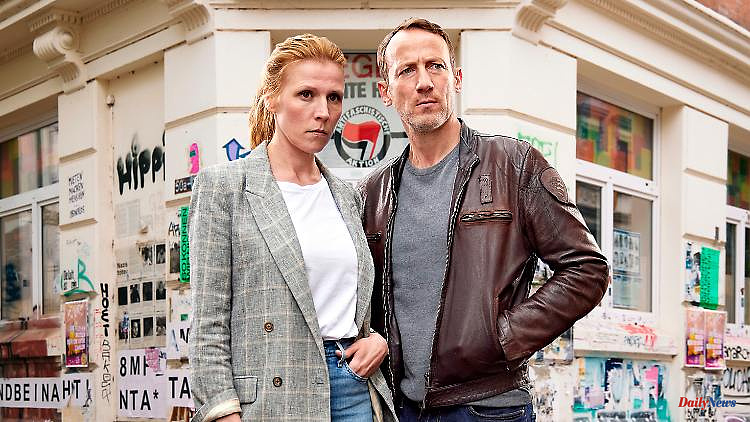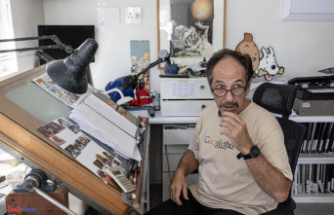There's a lot going on in Hamburg's left-wing autonomous scene. Falke's colleague Grosz investigates undercover and gets caught between the fronts. "Schattenleben" is cast after the "Inclusion Rider", but it overdoes it a little with the keywords given all the diversity.
What is happening?
Ela Erol (Elisabeth Hofmann) works as an undercover investigator in the left-wing scene in Hamburg. She lives in a radical-feminist flat share and is in a relationship with Nana (Gina Haller) when she suddenly turns to Julia Grosz (Franziska Weisz). A few years ago, the two were close, a passionate liaison was followed by the tearful separation. At that time, Ela Erol wanted more than Julia was willing to give. She is now talking about threats and fears, feels persecuted. A short time later, Ela disappeared without a trace.
Meanwhile, Torsten Falke (Wotan Wilke Möhring) has to deal with a series of arson attacks, which noticeably often focus on the houses of police officers. While Falke gets reinforcements and can look forward to seeing colleague Thomas Okonjo (Jonathan Kwesi Aikins) again, Grosz dives into the scene, moves into Ela's flat share and tries to track down her ex's mysterious disappearance. Gradually, it becomes clear that the two investigations are directly related. While Falke and Okonjo are in an internal conflict, Grosz is in trouble too. Soon the boundaries between service and private interest become blurred.
What is it really about?
Rider is now called Mix: In "Tatort: Schattenleben" by NDR and Wüste Medien GmbH, the so-called "Inclusion Rider" is used for the first time to ensure the right mix on the set. Director Mia Spengler got the ball rolling: "I actually said we're working with the 'Inclusion Rider' or I'm not going to be there. I had simply reached a point where I no longer wanted to accept the lack of diversity." The concept comes from Hollywood, where it has found more and more advocates and users since the mid-10s. The aim is to have as diverse a staff and cast as possible.
Zapp-Moment?
Without spoiling too much, but when was the last time you saw such a brazenly hidden corpse in a crime thriller?
Wow-Factor?
The "Inclusion Rider" or, better said, its application as a kind of production manual, makes the cast a diverse ensemble worth seeing, but: WOW! However, the fact that the story then works off of all things in and on tagged scene milieus, with proper "Attack", "A.C.A.B." and "Legal, illegal, don't give a damn", with lactose-free Labskaus and shared kitchen romance, diminishes the pleasure a little.
How was it?
6 out of 10 points - diverse and committed, next time maybe a bit more exciting and cliché-reduced.












